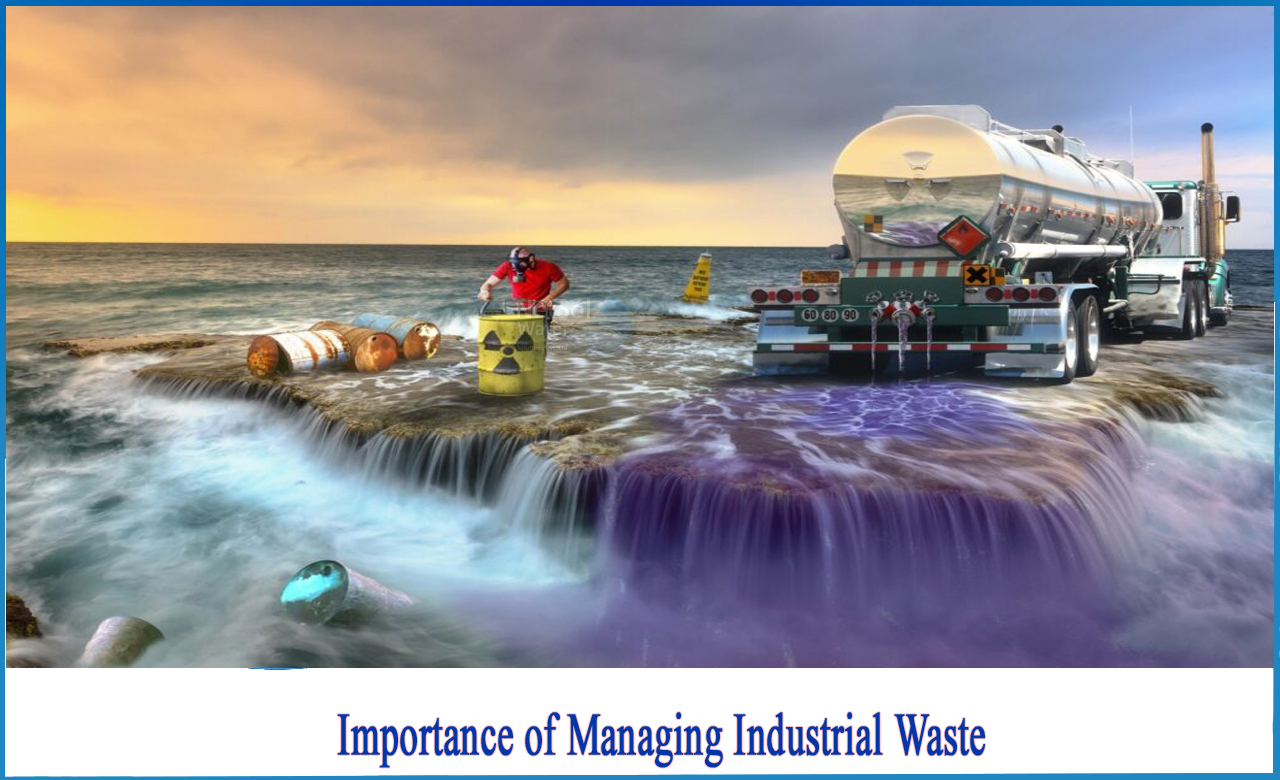The Best Strategy To Use For Reclaim Waste
Table of ContentsThe Reclaim Waste IdeasGet This Report on Reclaim WasteNot known Details About Reclaim Waste The 8-Minute Rule for Reclaim WasteThe 5-Minute Rule for Reclaim Waste
Discover the kinds, occurrences, and forms of liquid waste. Domestic sewer waste refers to the waste and products from a household sewage-disposal tank. This sort of waste is developed by people in residences, institutions, and various other structures. This only consists of septic storage tanks that have a drain area. The correct administration and disposal of residential sewage waste call for liquid waste to be moved to a sewage treatment plant where the correct techniques and tools are related to detoxify and get rid of waste.
Industrial waste commonly includes prospective threats, such as combustible products or a mix of fluid and strong waste products, and calls for a much more innovative and comprehensive disposal process. The disposal of commercial waste generally involves the filtering of waste before transport to ensure risk-free and correct disposal. Industrial waste is created from results and runoff of commercial procedures and manufacturing.
This kind of waste can not use the exact same sewer management transportation or procedures as septic or business fluids. The hazardous waste administration process needs the evaluation and screening of liquid waste before it undertakes the disposal procedure (liquid waste removal melbourne). Runoff waste is the fluid waste that comes from runoff and excess stormwater in highly inhabited areas or cities
Runoff waste can cause contamination and flooding if not handled properly. Ensuring correct waste management can avoid disasters and lower environmental harm.
The Ultimate Guide To Reclaim Waste
Contact PROS Providers today to find out about our waste administration and disposal solutions and the appropriate means to take care of the liquid waste you create.
(https://reclaimwaste1.blog.ss-blog.jp/2024-11-12?1731425991)Do you understand what happens to your water when you disengage, flush the bathroom or drain the cleaning machine? No? Well, it deserves understanding. This so-called 'wastewater' is not only an important source however, after therapy, will certainly be released to our land, rivers or the sea. Utilized water from commodes, showers, baths, kitchen area sinks, laundries and industrial procedures is called wastewater.

water used to cool down equipment or clean plant and devices). Stormwater, a form of wastewater, is overflow that moves from agricultural and metropolitan locations such as roofings, parks, yards, roads, paths and seamless gutters into stormwater drains pipes, after rainfall. Stormwater streams unattended directly to regional creeks or rivers, at some point reaching the ocean.
The Best Strategy To Use For Reclaim Waste
In Queensland, most wastewater is treated at sewage therapy plants. Wastewater is transferred from domestic or commercial websites with a system of drains and pump stations, known as sewerage reticulation, to a sewer therapy plant.
The Division of Natural Resources encourages regional governments about handling, operating and keeping sewerage systems and treatment plants. In unsewered locations, city governments may call for owners to set up individual or household sewer treatment systems to treat residential wastewater from bathrooms, kitchens, restrooms and washings. The Department of Natural Resources authorises the usage of family systems when they are shown to be effective.
The majority of stormwater gets no therapy. In some brand-new neighborhoods, treatment of some stormwater to eliminate trash, sand and crushed rock has started using gross contaminant traps. Wastewater treatment occurs in 4 stages: Eliminates solid issue. Larger solids, such as plastics and various other things incorrectly released to sewage systems, are eliminated when wastewater is gone through displays.
Wastewater after that streams right into huge tanks where solids resolve and are removed as sludge. Oil and scum are skimmed from the surface area. Uses little living organisms referred to as micro-organisms to break down and get rid of remaining liquified wastes and fine bits. Micro-organisms and wastes are incorporated in the sludge. Eliminates nitrogen and phosphorus nutrients that can trigger algal blooms in our waterways and intimidate aquatic life.
More About Reclaim Waste
Nutrient removal is not available whatsoever sewage treatment plants due to the fact that it calls for pricey specialized devices. It is coming to be extra usual in Queensland. Clear liquid effluent created after treatment may still contain disease-causing micro-organisms. If this effluent is launched right into rivers such as rivers or the sea, the micro-organisms will at some point die out.

Many wastewater moves into the sewage system. Under the Act, regional federal governments provide authorizations and licences for eco appropriate tasks (ERAs) entailing wastewater releases that could have a local influence.
The Best Guide To Reclaim Waste
Otherwise, samples are considered laboratory analysis. Commonly many tests are needed to establish the degrees of each of the various toxins such as oils, hefty metals and pesticides in water. Tracking supplies valid details concerning water quality and can confirm that licence conditions are being satisfied. The details gotten via monitoring offers the basis for making water high quality decisions.